
The Grand Palais in Paris has been offering since yesterday a major exhibition of the works of the famous Spanish painter Diego Velazquez (1599-1660). This is the first time that an exhibition devoted to Velazquez has been organized in France and it is an opportunity not to be missed for Parisian people to see the works of this artist as the Louvre doesn’t own any of his paintings! I visited the exhibition this morning and here is my first advice: Do not get there without an advanced booking. The exhibition has just started and there is already a long queue and a waiting time estimated to two hours for those who have not bought their ticket in advance.
Photographies in the exhibition are not permitted and the museum attendants keep a watchful eye on you. However I managed to take some as I wanted to give you a foretaste of it and I hope that it will make you want to visit it too.
The Discovery of Caravaggism
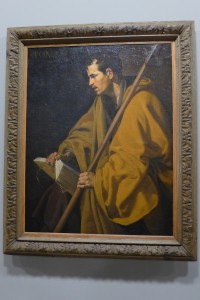
The exhibition displays the works of the painter in a chronological order. I recommend you to go rather fast through the first three rooms which are the least interesting and yet the most crowded and to start watching the paintings carefully in the fourth room: ‘The discovery of Caravaggism’.
In this room are displayed several portraits made by the artist after he discovered a new painting trend that came from Italy and was considered as modern: Caravaggism. Several years later Velazquez made two visits to Italy and got to know the paintings of Titian, Raphael, Michelangelo, …
Velazquez, King’s Painter
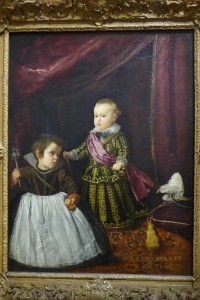
Velazquez was an ambitious painter and was appointed the King’s painter in 1623. From that date he became mainly a portrait painter and he is today famous for his portraits of the Court of Philip IV. Many of them are exhibited at the Grand Palais, coming mainly from the Prado Museum in Madrid or from the Kunsthistorisches Museum of Vienna. My two favourite are : The Portrait de l’infante Marguerite en bleu (1659) and the Portrait de l’infant Felipe Prospero, which can both be seen in the room ‘Velazquez, head of the workshop’. In my opinion this room is one of the most impressive of the whole exhibition.
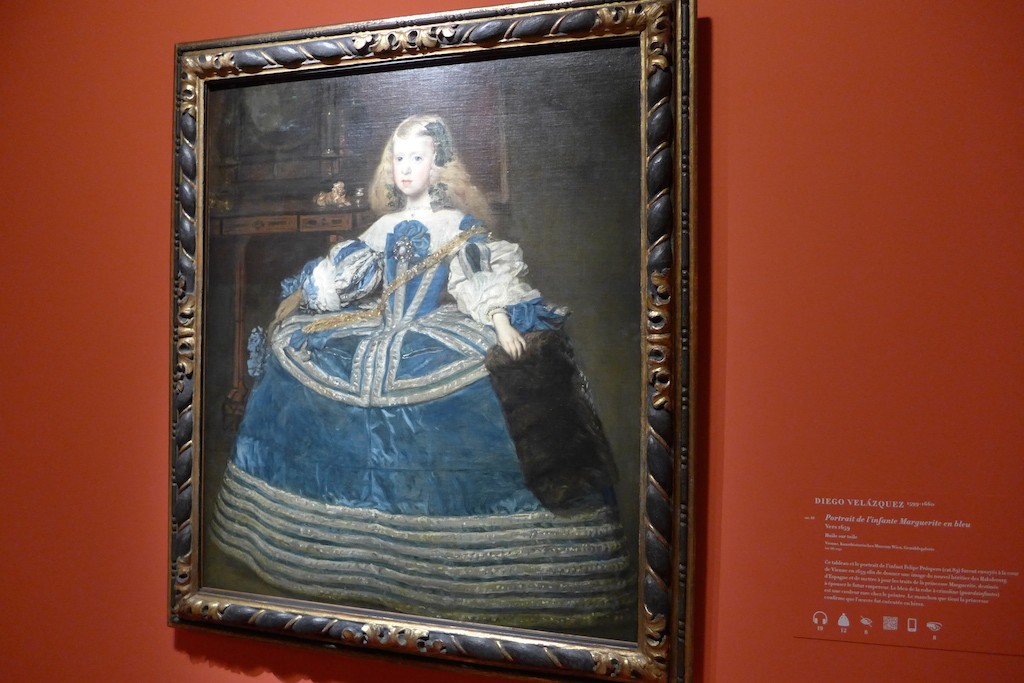
La toilette de Vénus (1647-1651)
Here is one of the masterpieces of the exhibition. This painting belongs to the National Gallery in London and is usually exhibited there. The colours, the drapings and especially the nude are absolutely magnificent. The naked Vénus of this painting is told to be the most beautiful neck in all the history of painting and was particularly admired by the French artist Edouard Manet.
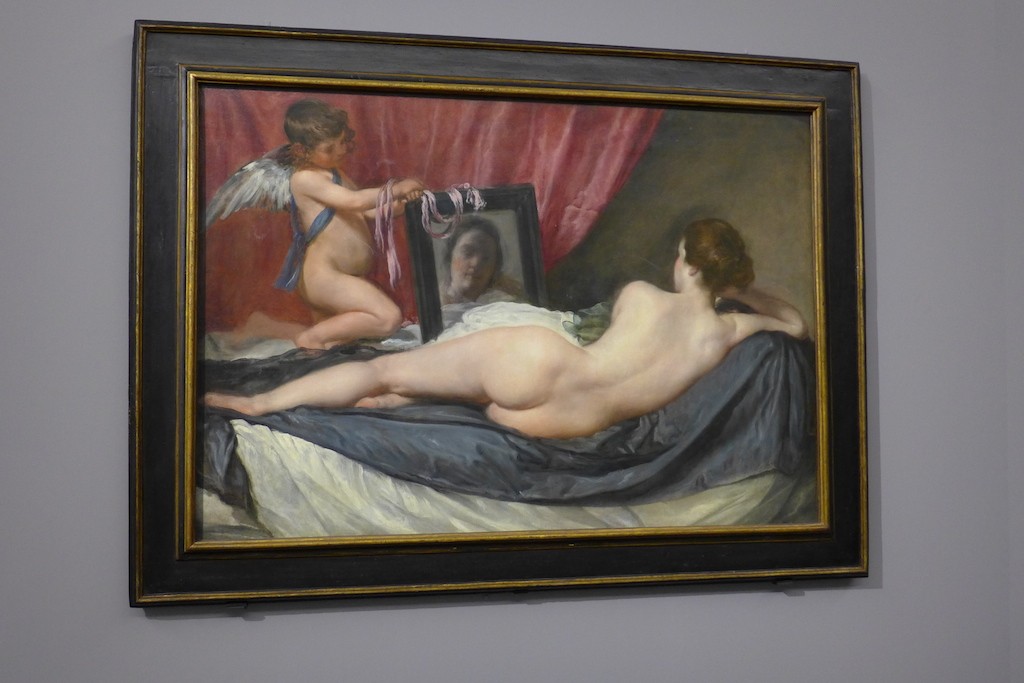
What about Les Ménines ?
One will miss the most famous painting by Velazquez, ‘Les Ménines’, which could not be lended by the Prado Museum. This painting is also one of the most mysterious art works of all times and in spite of its absence a short documentary explains the main questions that it raises. And if you miss it too much, you have no other option but to go and visit Madrid and the Prado!
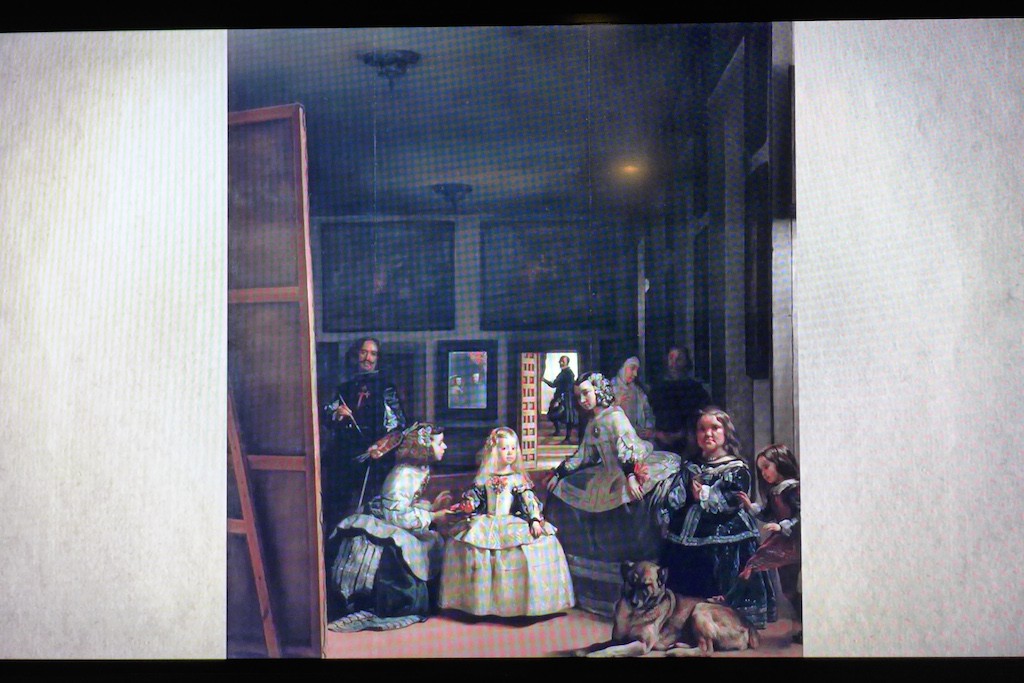
Christine Bokobza – Good Morning Paris B&B – www.goodmorningparis.fr
Practical Information: Grand Palais